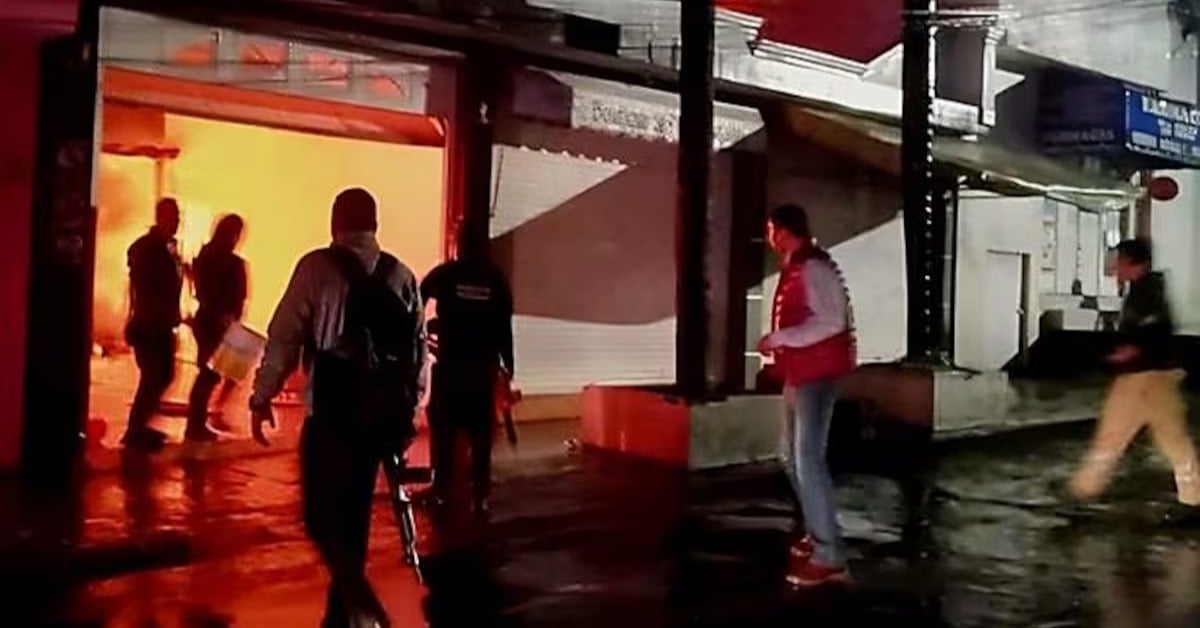Attack on mayor's family home in Queréndaro leaves fire, heavy gunfire and vandalism amid cartel war, deepening insecurity in Michoacán . . .


Attack on mayor's family home in Queréndaro leaves fire, heavy gunfire and vandalism amid cartel war, deepening insecurity in Michoacán . . .

